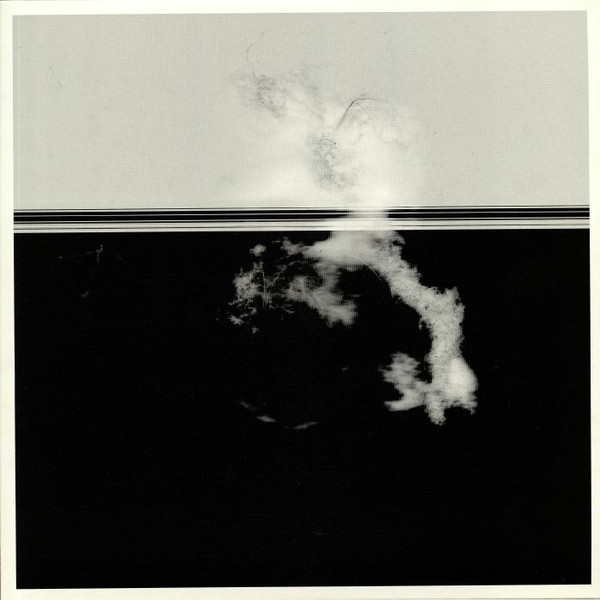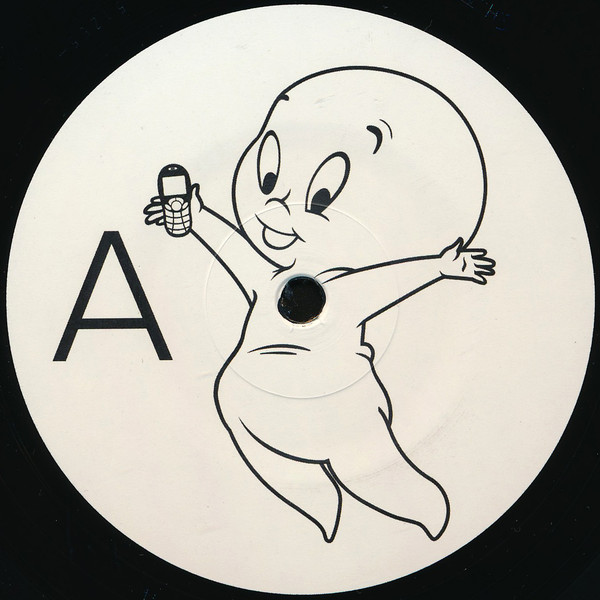ALL RIGHTS RESERVED © CG
Open today: 10:00 - 18:30
1 / 0
Panoptique
How Did You Find Me?







Artists
Labels
Catno
MMLP9009
Formats
1x Vinyl LP Album
Country
Release date
Mar 8, 2021
Genres
$38*
*Taxes included, shipping price excluded
A1
La Colonie Pénitentiaire
4:31
A2
Slippery
5:43
A3
Sable
2:53
A4
How Did You Find Me?
1:09
A5
Menta Y Regaliz
3:36
B1
Rice & Beans
1:59
B2
My Desire
2:28
B3
Sulppice
6:30
B4
Sub RDV
3:01
B5
Look At The Stars
3:28
Other items you may like:
Sky Diver Records: ...Triple LP remix comp of Canadian label Interchill’s supergroup EKKO. Here their sole album is stretched, dubbed, wound, warped by the label’s psychedelic rolodex of downtempo cosmonauts. DEADSTOCK!
Fliptrix - Third Eye Of The Storm Ft. Jehst, Farma G, Jam Baxter, Verb T, Buggsy & Ramson Badbonez. Production by Chemo, 184, Leaf Dog, Jon Phonics, Medison, Naive, Runone, ExtraTeless, Mr Boss, Dillijence, Reklews, Kerem Fraiche & Kontigo.
Follow us
Browse
HomeCatalogueLoginServices
Shipping & Returns PolicyTerms and conditions




